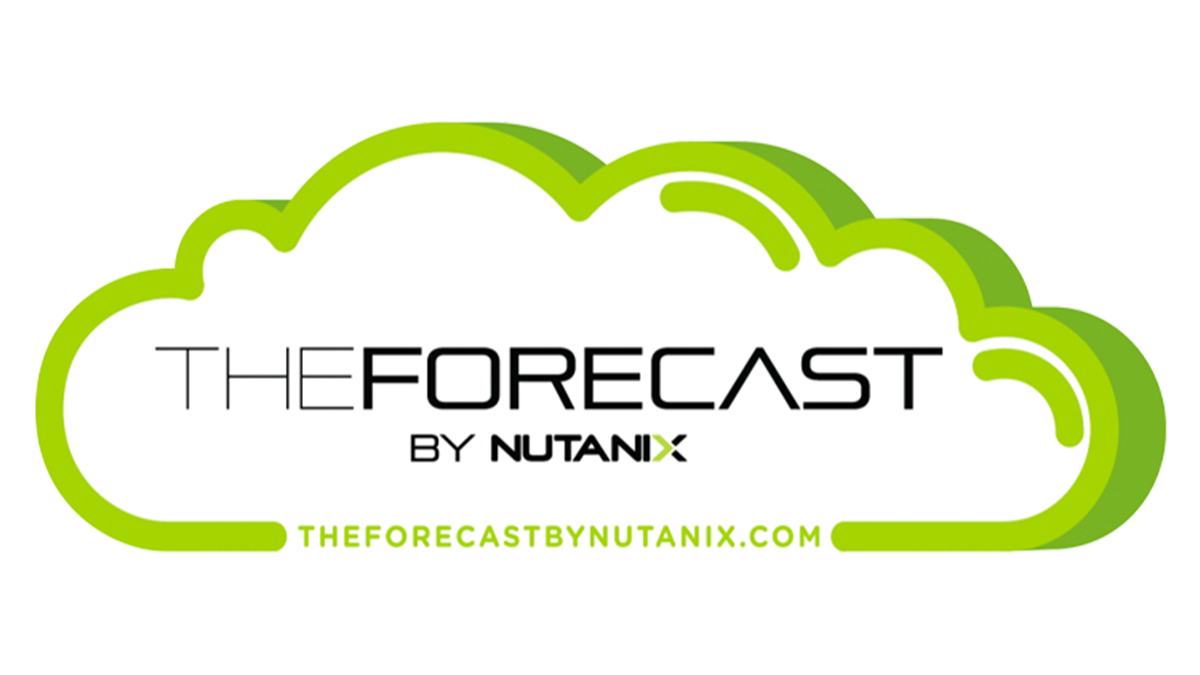Moreover, primary and secondary storage often create silos if backup and disaster recovery have separate architectures — requiring even more tools.
"IT teams also create silos through their expertise and work processes," Nijmeijer added.
"Backup is a completely different scale than managing virtualization, so backup teams are very specialized," he said.
Silos also happen during duplication and backup. Multiple copies of data in the primary architecture may become invisible when the data goes to backup.
"You get this data sprawl," Nijmeijer said. "And you might store a lot more data than you actually need."
Achieving Scale
Public cloud platforms enable IT teams to scale rapidly in lockstep with new demand or seasonal business. In hybrid environments, primary and secondary architectures inevitably expand – or contract – on a scale that affects data lifecycle management.
"The moment you give me that infrastructure, I'm going to start generating data — new PowerPoints as an IT worker, new code, whatever it is," Prasad said.
As the world adapted to the COVID-19 pandemic, many IT teams scaled up overnight with virtual desktop infrastructure (VDI) and desktop-as-a-service (DaaS) to serve their remote workforces. These technologies use file shares that require specific data-lifecycle approaches, according to Nijmeijer.
"You have to make sure those file shares are protected and can be easily restored and can scale out as well," Nijmeijer explained. "If you're growing from 100 users to 1,000 users, then your file services need to scale out very, very efficiently as well."
Managing Backup and Disaster Recovery
Before the advent of low-cost cloud computing, tape drives were the go-to source of data backup.
"In the old world, tape was an order of magnitude cheaper than primary storage," Nijmeijer said. "But the moment you go to tape, you lose both data and visibility of the data."
Recovering data from tape can take hours, days or weeks.
"Hybrid cloud backup and disaster recovery can make backup data available much faster at dramatically lower costs,” Nijmeijer said.
But there may be trade-offs in hybrid clouds.
"Now you need a cloud admin, somebody with an AWS (Amazon Web Services) account, et cetera, et cetera," Nijmeijer said. "You also lose data visibility. What's out there? How do I index it? How do I know how many copies of my data are there?"
As more organizations shift to hybrid cloud strategies, Checkpoint reported that 46% of IT decision-makers cite an increasing lack of data visibility as a top security and strategic data management challenge.
Another piece is the orchestration of data recovery. Orchestration pulls everything back together when recovering systems from backups. Software and automation are increasingly crucial to data lifecycle management because IT systems and architectures are becoming so complex.





